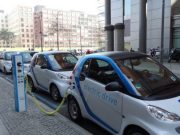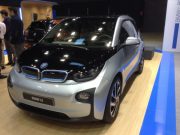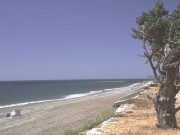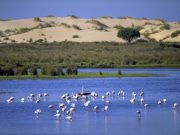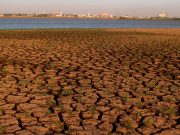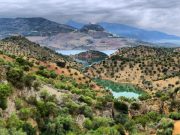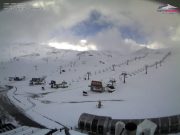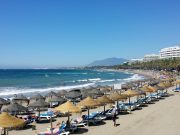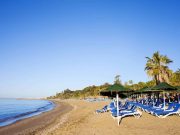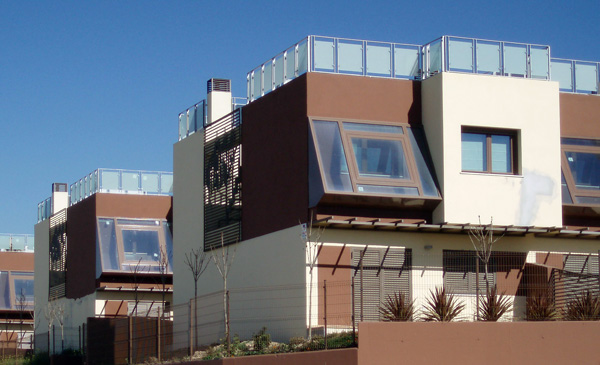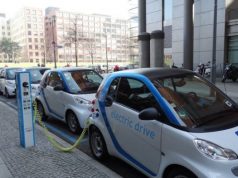The Atlantic winds and abundant Andalucian sunshine make southern Spain a great place to turn to renewable energy. Here is a roundup of what’s available
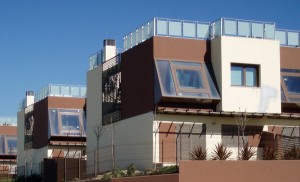
FOR centuries, we have relied heavily on nonrenewable fossil fuels for our energy, but we know that coal, oil, and natural gas will eventually dwindle, becoming too expensive or too environmentally damaging to retrieve.
There is also evidence that they are affecting the climate and, without action, continued emissions of carbon dioxide, sulphur dioxide and other green house gases could result in irreversible changes to our world.
In contrast, renewable energy resources – such as solar, wind and geothermal are constantly replenished and will never run out.
And Spain is a good place to try renewables, given that they supplied 42.2% of the all country’s electricity demand
in March this year. In the UK’s latest figures, renewables supplied only five per cent.
Whether you could be making use of renewable energy depends on your individual requirements and circumstances, but here is a quick summary of what’s available…
SOLAR
With 340 days of sunshine per year it is no surprise that solar is easily the most popular renewable energy for domestic use in Spain.
Solar thermal (or heat) energy is used to:
- Heat water – Since 2007, Spain has made it mandatory for all homes, buildings and major reform projects to install solar systems to provide domestic hot water), or extend the time when you can use your swimming pool.
- Heat spaces – to provide central heating or simply keep a holiday home warm and damp-free during the winter with NO running cost.
A common concern is whether solar energy will actually provide sufficient heat on cloudy days or at night but the latest solar panel designs with efficient, insulated hot water storage and a small amount of electric or gas as a backup will be
sufficient.
Andalucia enjoyed a huge growth in solar thermal power in 2010, increasing usage by 152 per cent. Last year saw the construction of 11 new solar thermal plants. Once all are fully operational Andalucia will have enough solar thermal power to support of population of more than 1.2 million, making a CO2 emissions saving of 680,000 tonnes annually.
Solar energy can also be converted into electricity using Photovoltaic (PV) devices or “solar cells”.
These systems are often used:
- In remote locations which cannot connect to the electric grid.
- To provide your initial electric demand, thereafter switching automatically to the mains supply when this demand is exceeded.
Andalucia has Spain’s second highest usage of PV power, behind Castilla la Mancha. Cordoba and Seville combined account for almost half of Andalucia’s total PV use.
PROS
Low maintenance and running costs
No pollution
CONS
Initial set up costs (though grants are available if eligible)
Only generates energy during the day
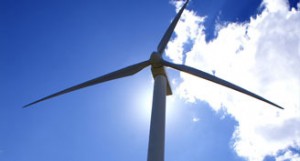
WIND
Wind turbines use large blades to catch the wind. When the wind blows, the blades are forced round, driving a turbine which generates electricity. The stronger the wind, the more electricity produced and, like solar electric, it is possible to store what is produced in batteries for use when required.
Everyone’s seen wind farms appearing over the last few years, but small systems known as “microwind” or “smallwind” turbines can also produce electricity to help power the lights and electrical appliances in a typical home Spain is now one of the world’s largest wind power producers, showing the rest of the world it is possible to drastically reduce the use of fossil fuels through the use of renewable energy.
In March, wind power accounted for 21% of Spain’s electricity generation (a 5% increase on March 2010) with coal at just 12.9%.
Andalucia currently has 130 wind farms which can create enough energy to power some 1.8 million homes. Their energy output cuts carbon emissions to an equivalent of taking 1.3 million vehicles out of circulation.
On very windy days, wind power generation in Spain surpasses all its other electricity sources, including nuclear. This reached its recorded peak on 9 November 2009 when wind farms covered 53% of the country’s total demand.
The largest producer of wind power is Iberdrola with 25.5 per cent of capacity, followed by Acciona on 20.9 percent.
PROS
Small footprint
No pollution
The Junta de Andalucia has been running an extensive programme of grants to help with installation costs, but there are rumours of cutbacks due to the economic climate
CONS
Aesthetics
Power output varies depending on wind speed
Concerns about the turbines’ effect on wildlife such as migrating bats
Theories that noise and light effects from turbines cause ill health, though such claims tend to be associated with the
anti- groups.
GEOTHERMAL
This system offers a simple and efficient way to make use of the free energy hidden in the soil.
It uses captors (buried loops) in the soil and a heat exchange unit to capture energy from the captors and pass it onto a heating system in the house.
Such systems have been used in northern Europe for many years, even where the ground is snow covered during the winter months and are now being installed throughout Spain.
Where a geothermal system is not possible, perhaps because of lack of space for captors, an aerothermal system (or air
source heat pump, ie, a traditional air con unit in reverse) may be the answer.
The only space requirement is an outside wall, making them ideal for homes with limited space. Installation costs are kept to a minimum. Both systems are commonly used to provide underfloor heating and most include the ability to cool the house during the summer.
You will need to supply electricity to the heat generator, but for every kilowatt of electric supplied, you will receive
around 4 kilowatts of heating capacity… so you pay for 1 Kw and receive 3Kws free. A saving of 75%.
In addition to central heating, the systems may also be able to provide domestic hot water and pool heating.
Given the greater popularity of wind and solar power in Andalucia, there is little statistical data on how well geothermal is performing here. But as a renewable energy source for the future, its popularity can only grow.
PROS
Heating AND cooling using less energy
Reliability (few moving parts)
CONS
Initial costs, but a grant may be payable
Space for captors
Requires an amount of mains electricity to work
For further information on renewable energy or to receive a free no obligation quotation contact Parapanda Solar, Montefrio, Granada tel 958060303/655341821 or email alanw.russell@btinternet.com
Andalucia statistics source: aprean renovables



